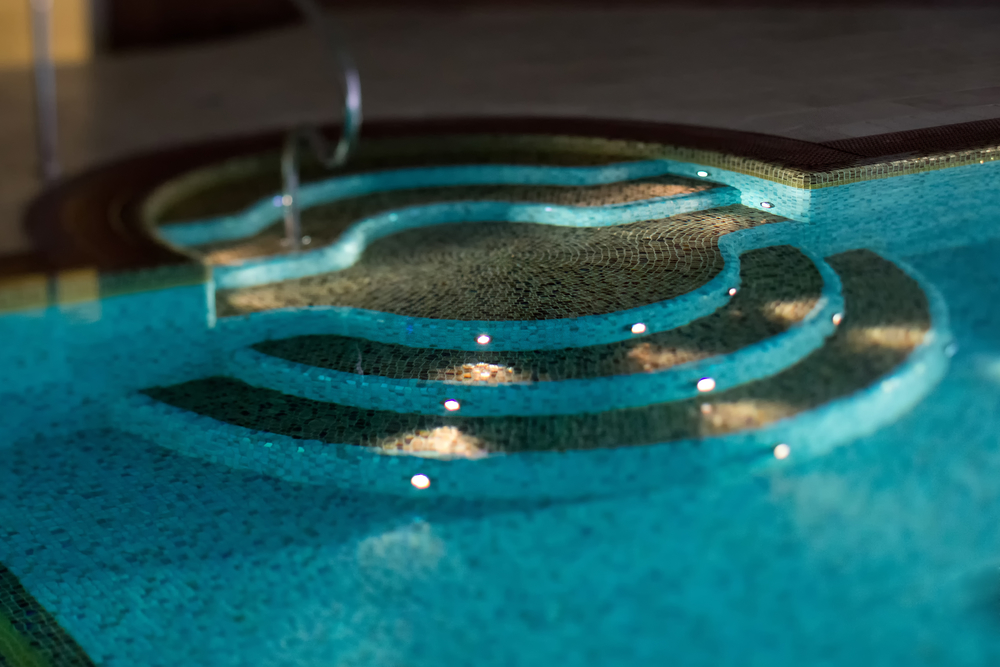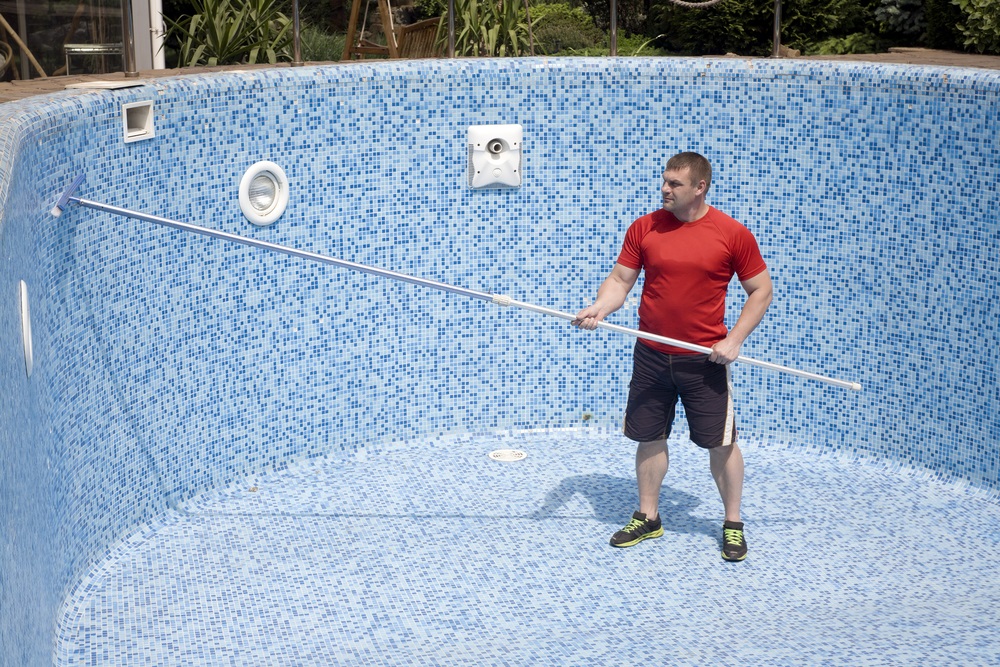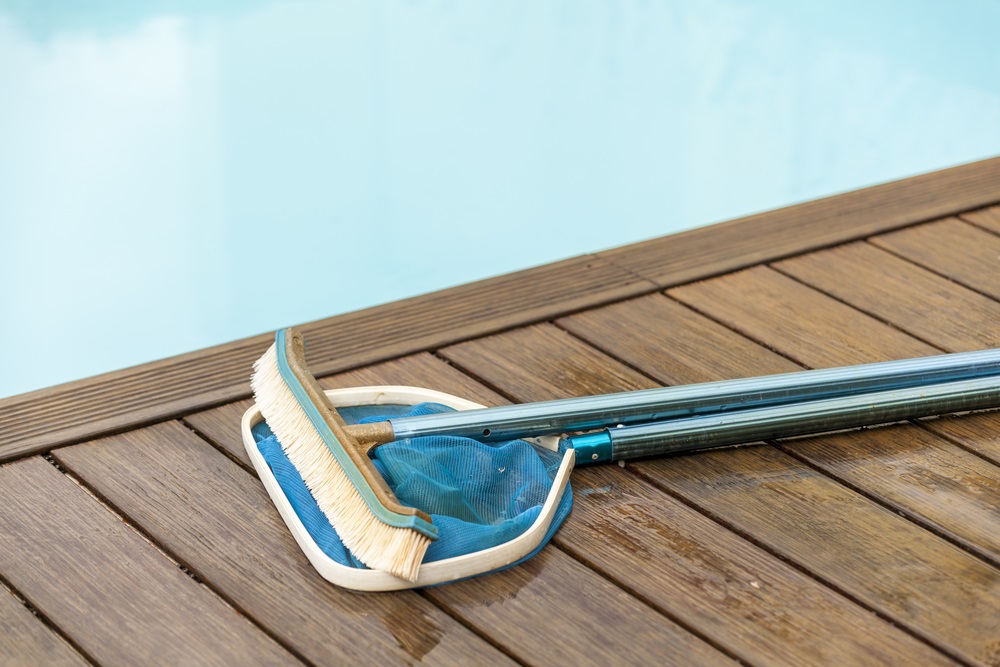Quick question. When is the last time you thought about your pool water circulation? Stumped? Unless you’re a swimming pool professional, you probably don’t think about the circulation in your swimming pool at all. Well, you’d think about it if it wasn’t circulating.
When you work with a swimming pool professional, though he takes the worry about your swimming pool and its circulation off your hands because he checks that and the pool’s filtration and pressure when he pays a service visit.
Is Your Pool Water Circulating Well?
Even though you work with a pool maintenance professional, it does make sense for you to understand the way in which a pool operates. If you have a basic understanding you will be able to notice when something just isn’t right as you may want to call your pool guy between service visits if you see something is amiss.
 Good circulation
Good circulation
The way “good” circulation is achieved is by movement of the water through the filter and pump.
- The pump circulates the water by drawing it in from the pool and pushing it through to the skimmer.
- Once this is done, the water goes through the filter, the filter jumps into action.
- The filter captures and holds onto tiny pieces of bacteria and debris and removes it from the water.
A symbiotic and well-operating relationship must exist between the pump and filter to assure you’re swimming in clean water that has no bacteria in it.
What happens next with circulation?
The filter does its job and if the filter is clean — whether your filter uses cartridges, DE or sand — and returns cleaned water to the pool you will notice that the water that’s been cleaned is pushed out through the jets on the sides and bottom of the pool.
Give the jets a once over on occasion to assure they are not clogged and that the water is being freely pushed back into the pool.
Do you know whether your pool has multi-directional pool jets? If you aren’t sure, ask your pool contractor. Multi-directional jets change the direction in which the water is pushed back into the pool to help it fully circulate.
Does your pool circulation need to be better?
Multi-directional return jets, as mentioned above, are one way to improve circulation.
Does your pool only have one jet? If that’s the case, make certain it’s installed on the opposite side from the skimmer and that it’s pointing downward. Doing this helps circulate the water faster and more thoroughly. It will also help move water that may be “stagnant” on the bottom of the pool.
Circulating the water is also about circulating the chemicals throughout the water in addition to removing bacteria.
 Does your pool have “dead zones”?
Does your pool have “dead zones”?
Dead zones/areas can be found in a swimming pool in any or all of these places:
- The pool steps
- In creases, cracks and crevasses — that’s why it’s important to make sure there are no creases in your vinyl liner pool or cracks in the concrete
- Beneath the skimmer
- Behind the ladder
- In the deep end of the pool if you don’t have enough jets there to move the water
It may not be possible to address all dead areas in the pool. If they can’t be addressed by adding more jets or changing the directions on a multi-directional jet, you need to be more diligent in cleaning those areas.
Circulation of the pool water also occurs when you brush and vacuum the pool. This should be done at least weekly.
What is your pool’s water turnover rate?
Why should you care about the pool water turnover rate? What is the pool water turnover rate?
- What is turnover rate: The pool turnover rate is all about the length of time it takes to circulate every gallon of water in the pool through the filtering system. Your pool contractor can run the numbers for you and let you know how many hours it will take for this to occur.
- Why is turnover rate important: You need to know this so you know how many hours a day the pool pump and filter must be run. You need to get into the habit of having the pool water turned over at least once a day — and this might take more than 12 hours a day – depending on your pool size.
How can you help the circulation?
- Run the pump as long as your pool contractor recommends
- Clean the skimmer and pump baskets regularly
- Direct at least one of the pool jets toward the bottom of the pool to circulate the water. Look into multidirectional jets
- Brush the pool at least once a week and concentrate on the dead zones
- Angle return jets to spin the in a circular motion
Many swimming pool owners — especially first timers and those who love do it yourself projects find they want to care for their pool on their own. It certainly can be done, but many people find they’d rather swim in the pool than clean it when they have free time.

